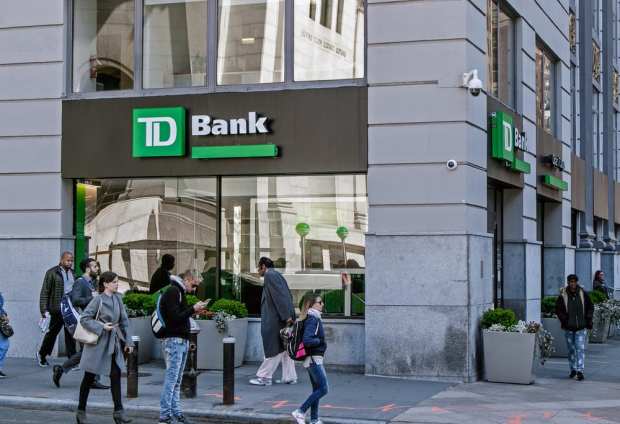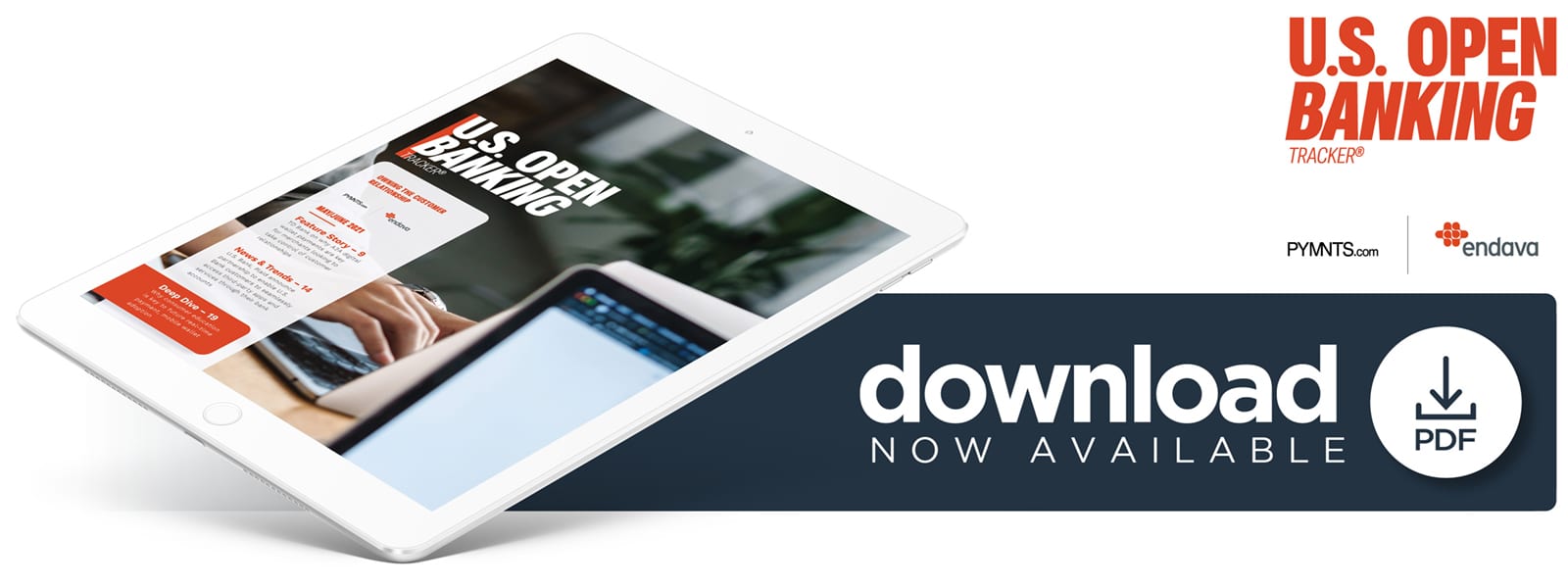TD Bank On Why A2A, Digital Wallet Payments Are Key For Merchants Looking To Take Control Of Customer Relationships

Anticipating consumers’ needs and preferences is crucial to merchants’ success regardless of whether they are looking to appeal to online or brick-and-mortar customers.
The events of the past year have only reinforced this need as businesses attempt to recover from lingering economic strains, making it essential for them to take control of their customers’ experiences from the point of browsing. This also requires businesses to rethink their payment experiences as consumers are consistently expecting more personalization and seamlessness, such as with the use of contactless payment methods from users’ smartphones.
Appealing to this preference is important for both merchants and banks as consumers’ familiarity with such emerging tools grows, Barry Baird, head of Payments Capability and Delivery at TD Bank, said in a PYMNTS interview. The bank recently launched in-app payment capabilities, allowing users to connect Apple Pay or Google Pay to the bank’s mobile app for more seamless payments, for example. The announcement of this new feature comes as being “top of wallet” is becoming priority amid consumers’ shift away from methods like cash and even physical cards to digitally connected, personalized solutions, such as digital wallets, he said.
“You have already seen companies — Amazon, 7-Eleven — some of these folks are already working on cashierless shopping spaces and, really, it dramatically lessens the number of staff that you have to have in the store,” Baird said. “If you look at it, notably Amazon, DoorDash, Netflix — all these companies are really kind of riding their best results ever coming out of the pandemic. And, if those behaviors continue to persist, then it really, really drives the need to have that top-of-wallet strategy in place. … The ability to be top of wallet becomes critically important.”
Staying on top of such payment trends is key for merchants looking to drive loyalty and keep customers engaged. This includes taking a careful look at how implementing account-to-account (A2A) or digital wallet payments may help them take control of customer relationships.
Influencing The Customer Relationship
Enabling direct A2A payments at checkout could provide key benefits for merchants. Online shopping has steadily increased over the past 15 months, along with the use of alternative payment solutions, such as digital wallets, in brick-and-mortar stores. Consumers are leaving cash and other traditional payment methods behind, meaning both eCommerce and physical retailers must adjust their payment strategies to keep up.
“I do think that the baseline has really reset, so, as such, global contactless, contextual payments are going to [have] a renewed focus and interest level that they probably did not have before,” Baird said. “I think you are going to see a lot less handling of cash, pushing buttons on a terminal, handing a card over to someone, and that will really have benefits for the merchant as well if you think about checkout. So, as contactless transactions continue to be viewed as a safer alternative, I think you are going to see self-checkout continue to grow. That was obviously becoming ubiquitous beforehand, but I think the adoption is going to continue to spike up.”
Implementing A2A payments is one way that merchants may be able to take advantage of consumers’ growing preferences for contactless and other emerging payment methods that place speed and convenience at the center of transactions. This could allow merchants to take control of the customer relationship, as supporting such payments may provide key cost and consumer insight benefits.
A2A payments do not come attached with the same interchange fees as card payments, allowing merchants to keep a greater portion of their sales, too. They also enable swifter data transfers as well as faster payments, potentially allowing merchants to create more personalized customer profiles that could allow them to appeal to individual users.
“I think one of the tremendous advantages for both customers and customers’ banks — and merchants, really — is the ability to not only have the real-time movement of the dollars … from a merchant accounting perspective, but also the ability to share information back and forth within the transaction that you did not have the capability to do before,” he said. “Depending on what you are displacing, if you think about that strong dominance of card payments … that can be challenged fairly significantly.”
Supporting A2A, digital wallets or other emerging forms of payment in a way that successfully allows merchants to take control of the customer relationship requires the use of open banking solutions, such as application programming interfaces (APIs) or networks that can help seamlessly funnel both money and data through payment rails. Examining how the expansion of open banking or real-time payment networks is progressing is key for merchants aiming to stay competitive.
Open Banking And The Data Question
Having open and detailed access to data is essential for merchants looking to engage more customers and drive deeper relationships, meaning their payment and banking partners must also support this capability, Baird noted. Correctly using open banking technology is therefore a must, he added.
“I do think there are some interesting open banking opportunities — and, again, some of this actually goes exactly back to what I was talking about earlier about the ubiquity of data and not having all the walled-off models anymore, where I control this piece and this other bank or this other entity controls this other piece and never the two shall meet,” Baird said. “I think that that open data flow and that sharing plays right into that model, but it is also going to put the pressure again on those constituents. … If you are receiving that information, and you are ingesting that information, but you are not actually doing anything with it — if it is not driving your strategy [in] real time, if you are not agile in how you respond to what the customer is providing you or the merchant is providing you, then you can get behind really quickly.”
Swiftly accessing shared data will be crucial to staying on top of changing payment trends and consumers’ expectations over the next several years. Merchants should revamp their consumer engagement and payment strategies accordingly.

